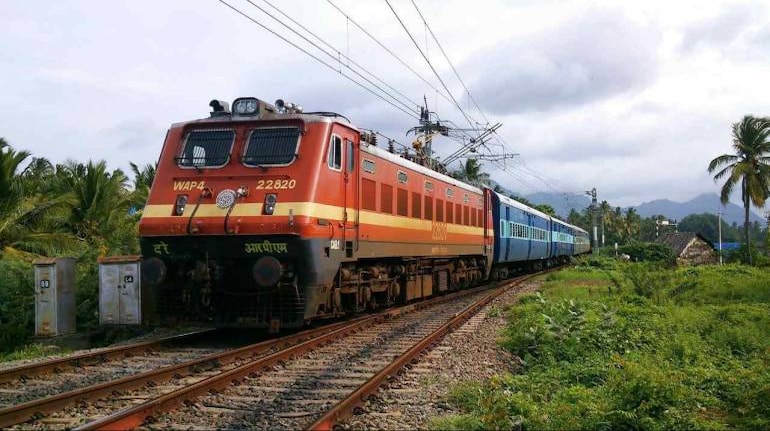Why private trains alone will not be enough to modernise the railways
Moving forward, many more reforms are needed to make the railways a truly competitive industry
Rachna Gangwar
The entry of private operators in the provisioning of passenger train services by the Ministry of Railways is a welcome step. Given the supply side constraints, poor service levels, limited budgetary resources, and increasing competition from road and low-cost airlines, business as usual is no longer a sustainable option for railways. This is the second significant initiative by the ministry to permit entry of private operators after container train services in 2006.
Twelve city bound clusters have been formed for the entry of private operators under the current initiative. In each cluster, a certain number of pre-defined origin destination pairs and the weekly frequencies of trains have been identified. In total, 151 trains on 109 routes are on the offer for prospective operators to bid for. Bids are invited for the clusters and not individual routes.
The bid criteria for selecting the successful bidder for each cluster is the premium offered to the government in the form of higher share in gross revenue. The private operators shall pay pre-determined haulage (charge for using the railway network) and other charges to railways and have the freedom to set the fare to be charged from the passengers. The concession period shall be for 35 years. This initiative is expected to attract investment worth Rs 30,000 crore in all 12 clusters.
However, the current arrangement opens the passenger train segment to private operators only with limited possibilities. It offers no freedom to operators in route selection and scheduling of trains. For a given cluster, the operator has to run all trains as per the frequency stated. This leaves limited scope for new offerings based on the operator’s own market assessment. In other countries where train services are opened to competition, the private operators decide on the routes to operate. The same is the case with private airlines and shipping companies.
On the other hand, this arrangement provides transparency to prospective bidders in terms of available routes and train schedules, which in absence of any independent regulator (as in the case of India) would have posed additional risk on the operators. The response from bidders would determine the financial attractiveness of projects on offer.
The private entrants are given freedom to set passenger fare, but the cost incurred by private operators for a similar service compared to the Railways would be much higher due to haulage and other charges that will not be levied on Railways, hence the services will be costlier. This raises the issue of a level playing field.
The role of the Railways as a regulator in determining the haulage and other charges will further bring issues of conflict of interest. A clear policy on determination of haulage and other charges is, therefore, required to prevent disputes at later stages. The experience from container train operations, the earlier initiative of private entry by railways, is a case in point where such issues started surfacing soon after the entry of new operators.
Still, this is an initiative in the right direction. This is the first time in the history of Indian Railways post-nationalisation in 1951 that the passenger train services are opened to private operators, breaking the Indian Railways’ monopoly. Moving forward, many more reforms are needed to make the railways a truly competitive industry.
Rachna Gangwar is Associate Professor, Adani Institute of Infrastructure Management, Ahmedabad. Views are personal.
Comments
Post a Comment